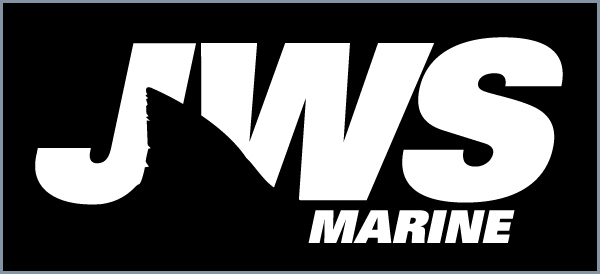I made a dive on the AJ Fuller with SCRET.org today. The Fuller is a massive 229 foot long, three mast sailing ship that sunk in 1918. The AJ was owned primarily by Flint & Company of New York, and named for a shareholder who lived in Bath, Maine. The three-skysail yard ship was one of a dozen ‘Down Easters’ built in 1881. Under the Flint house flag she sailed between New York, San Francisco, and Liverpool for ten years.
In 1892, she was put in trade from East Coast ports, where she loaded case oil for the ‘Orient’ or general cargo or coal to Hawaii, generally returning with sugar cane. It was while she was in that trade that Felix Riesenberg, who later became a master mariner in his own right, sailed in her before the mast.
She was sold to the California Shipping Company in 1902 and used in trade between the Pacific Northwest and Australia, exporting lumber and importing coal. In 1912, she was purchased by the Northwestern Fisheries Company of San Francisco, who employed her in their seasonal salmon fisheries—sailing north in the spring with fishermen, cannery workers, and supplies, and returning in the fall with a full load of canned salmon.
On October 18, 1918, while inward bound to Seattle in a heavy fog, she was rammed by the Japanese steamship Mexico Maru and sank in about 240 feet of water.
I was on a team of three divers and there was one other team of two. Our team was first in the water, which meant once on the bottom it was our job to locate the wreck. We thought we dropped the anchor ball and buoy line right on top of the wreck – or we at least hoped that was the case. The visibility was incredibly great on the way down. I really thought there was a chance we would encounter the same viz on the bottom, but we weren’t so lucky. Around 170 feet it clouded up pretty badly and stayed that way the rest of the way down. Since the wreck rises about 20 feet off the bottom, we expected to encounter the Fuller on our decent at a depth of about 220ft. But we went right past 220ft and found ourselves hovering above the Puget Sound’s floor in 248 feet of water. That is the deepest I have ever been.
We tied in a cave reel to the anchor ball and buoy line and set off looking for the Fuller. With only 2-3 feet of visibility it took us 5 minutes to find a wreck that was really within 20ft of where our anchor ball hit the ocean floor. Once on the wreck we encountered plenty of life. Lots and lots of big shrimp – some big lingcod too that startled off so quickly they made the already bad visibility worse. We were on scooters, with the lead diver running our cave line and the other diver shooting video. I was in the number two position making sure the diver running cave line didn’t encounter any problems with that line. Cave line has a way of being evil at depth. We passed over China plates and tea cups, errant old bottles etc., but since this wreck is one of only two wrecks on the list of Washington’s historical sites we left what we saw undisturbed.
At 20 minutes into the dive we ran out of line on the cave reel. That meant we had covered around 400feet. We cut the line and I tied it off. Then we stayed on the scooter triggers back to our up line. We started the ascent at 25 minutes.
Decompression was uneventful, though long. It took around 65 minutes to step our way back to the surface.
